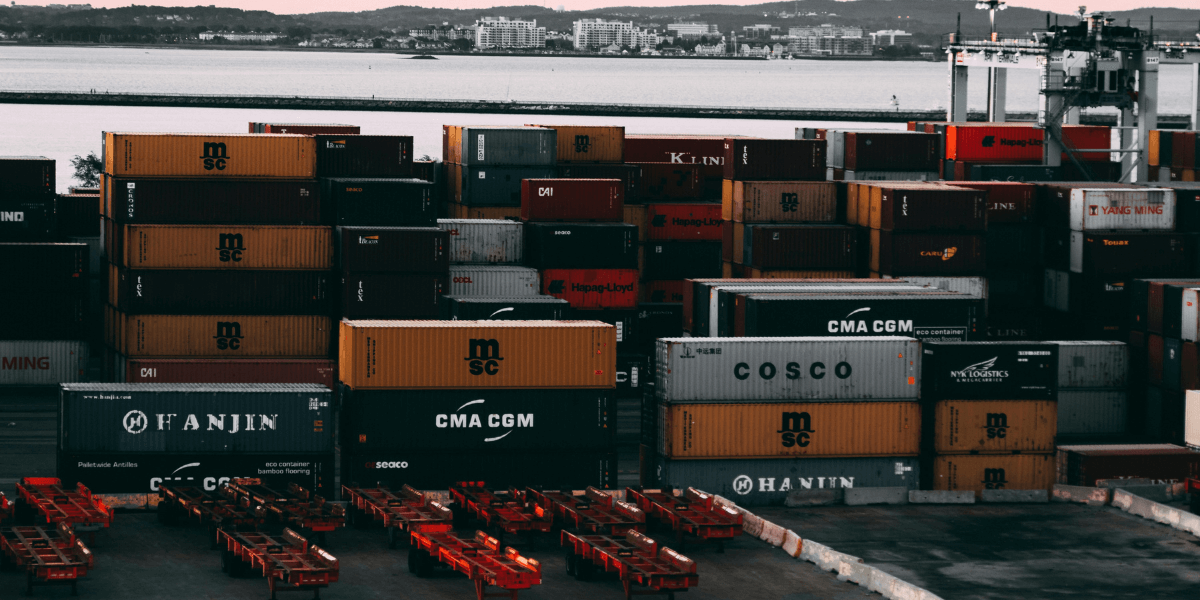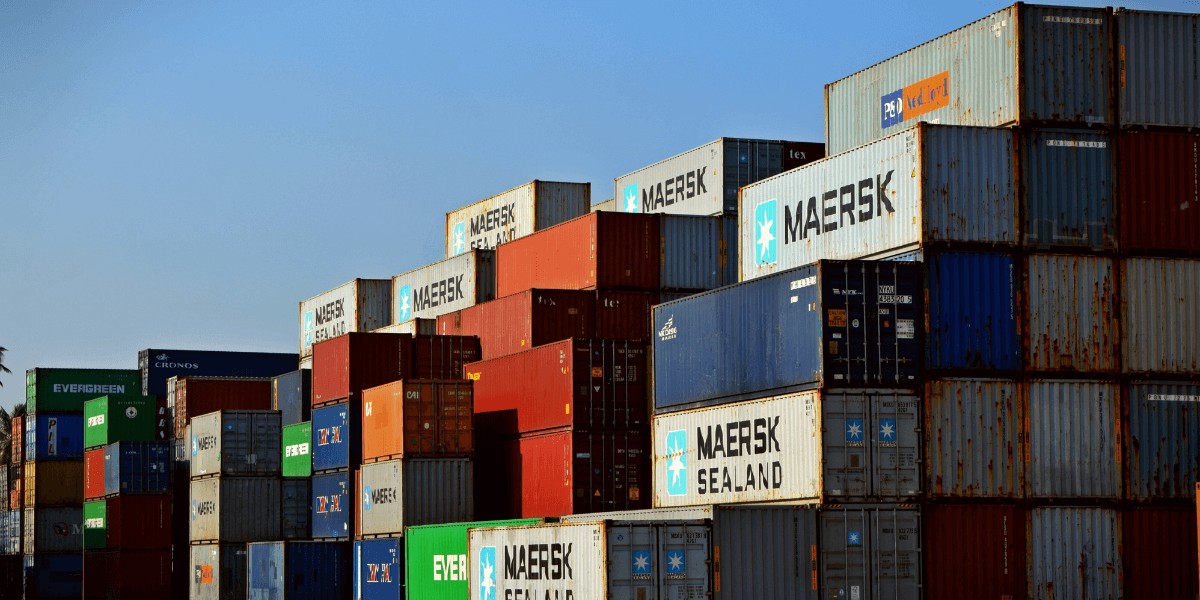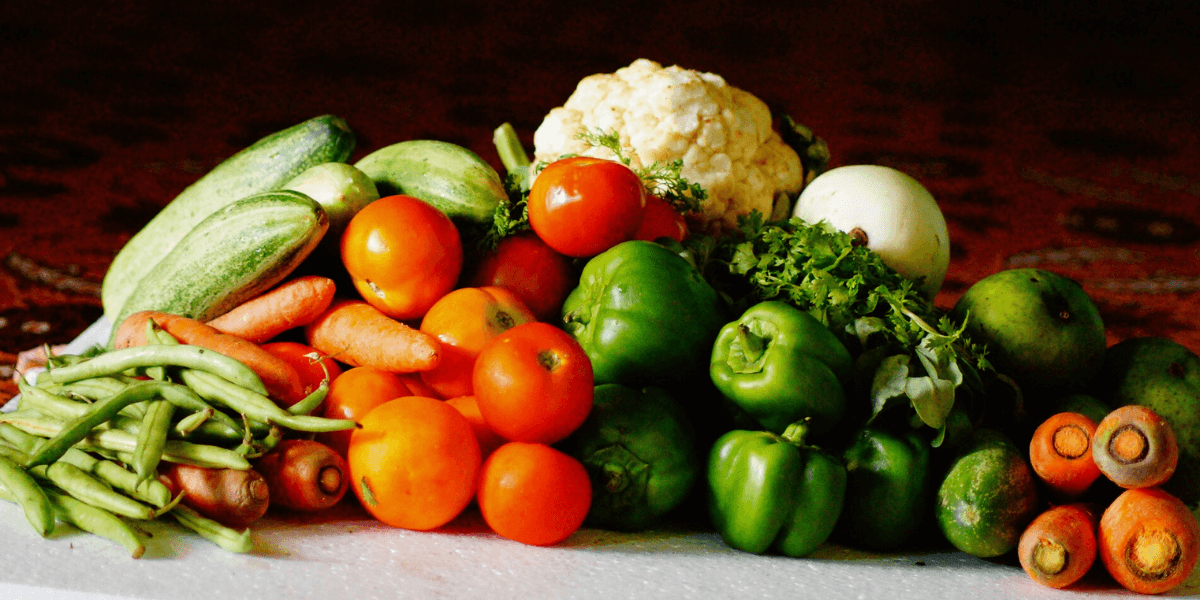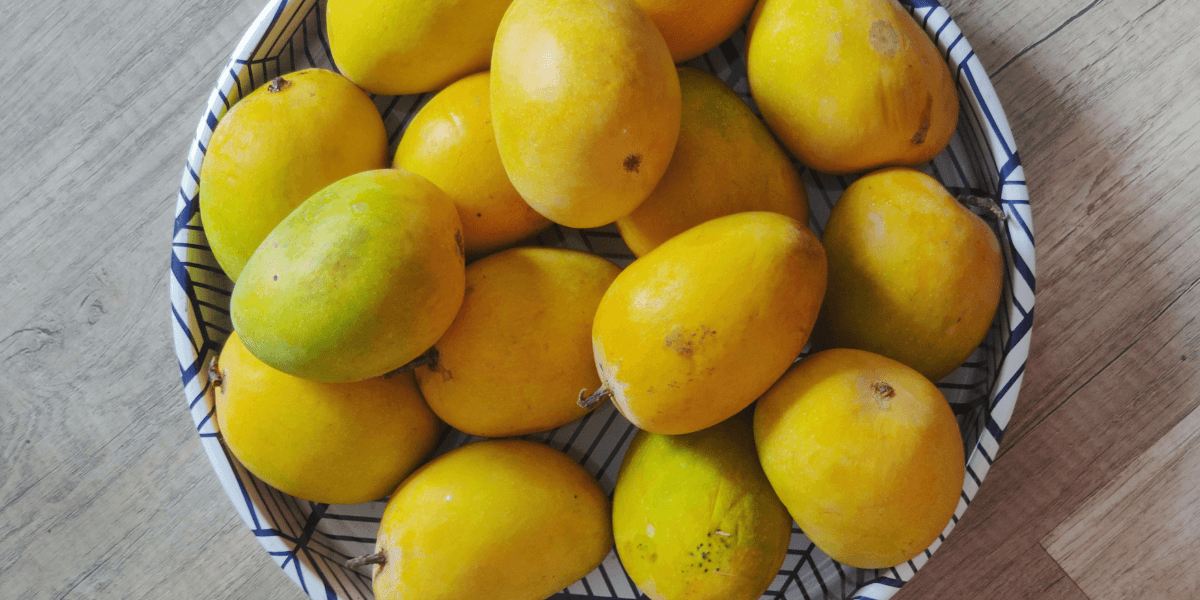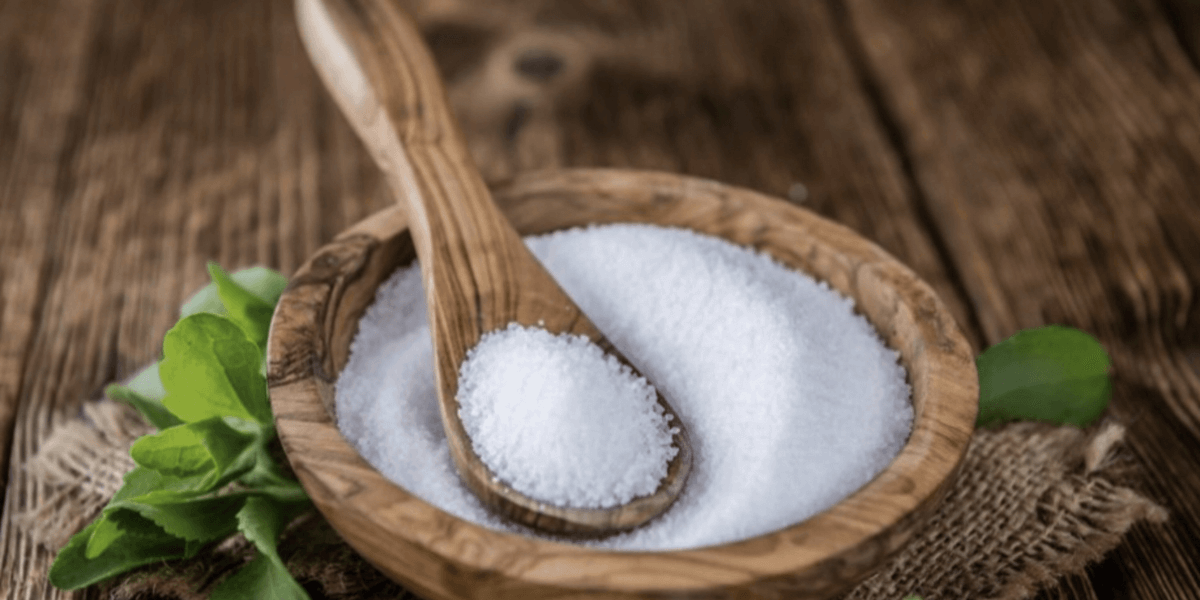Over time, India and the United States have built a strong and growing trade relationship. At first, they only traded a few things. But now, buying and selling products between the two countries has now turned into a major connection between businesses and buyers in both countries. As more Americans look for unique and high-quality products, Indian companies have started offering more unique and creative products.
Today, people in the United States can easily find Indian products like traditional fabrics, flavorful spices, modern medicines, and cutting-edge tech innovations. This shows that India and the US aren’t just trading for money, they’re also building a stronger connection through culture and teamwork.
In this article, we’ll look at the most popular Indian products exported to the USA and find what makes them stand out in a competitive global market.
India’s Exports to the USA
There’s a clear rise in momentum in India’s trade story with the USA, as shown by the latest yearly figures. India’s trading partnership with the United States reached $131.84 billion last year, marking the fourth year in a row that the US remained India’s top trade partner. At the same time, it also shows how China and Germany are relying more heavily on each other.
India’s exports have seen strong growth. Exports to the U.S. rose from $77.52 billion in 2023–24 to $86.51 billion in 2024–25. This marks an 11.6% increase, driven by rising demand for items like pharmaceuticals, electronics, textiles, and gems.
Another key point is the large trade surplus. India’s trade balance grew from $35.32 billion last year to $41.18 billion in 2025–26. This growing gap shows that Indian goods are becoming more competitive in the USA market, and it highlights India’s rising role in global trade networks.
Now let’s take a look at the most popular Indian products exported to the USA:
1. Pharmaceuticals
The US relies on India as a major source of affordable healthcare products, with India supplying nearly 40% of America’s generic drugs. In that year alone, India exported medicines and pharmaceuticals worth around $10.89 billion to the US market. These exports included generic drugs, vaccines, and active pharmaceutical ingredients (APIs) essential elements that greatly support the healthcare supply chain. India’s pharmaceutical industry not only meets American needs but also proves that India is a trusted global provider of high-quality, low-cost medicines.
2. Gems and Jewelry
India plays a leading role in the global gems and jewelry market, handling nearly all of the world’s diamond processing. The United States is one of the biggest buyers of Indian gems, importing pearls, precious stones, and metals from the country. In 2024, exports from this sector to the U.S. crossed $10 billion, showing strong appreciation for Indian craftsmanship. However, the industry does face challenges, including higher tariffs and growing competition from lab-grown diamonds. Still, thanks to its deep expertise and affordable offerings, India continues to hold a strong position in the American gems and jewelry market.
3. Electronics and Electrical Equipment
India’s electronics sector has seen major growth, especially in the production of smartphones and other electrical devices. The United States is a key market, importing a wide range of these products from India. During this year, exports of electrical and electronic equipment from India to the USA reached $12.33 billion. Additionally, the sale of popular smartphones like iPhones, produced outside India and exported, brought in over $17 billion in revenue. This surge shows that India is becoming a bigger player in the global tech supply chain and is now capable of meeting more advanced demands.
4. Textiles and Apparel
India’s textile industry plays a vital role in the country’s economy, supported strongly by demand from the USA Known for producing cotton, silk, and synthetic fabrics, India also blends traditional techniques with modern fashion. India exported around $3 billion worth of textiles and apparel to the United States in 2024. Thanks to competitive prices and lower tariffs compared to countries like Bangladesh and China, India remains a top choice for sourcing.
5. Petroleum Products
As one of Asia’s top refiners, India is becoming more influential in global energy markets. However, the country makes crude oil imports but adds value through large-scale refining before exporting diesel, gasoline, and jet fuel to countries around the world. In 2024, petroleum exports to the US totaled $2.88 billion, showing how important this sector is. While not the largest export, India’s energy trade reflects its rising status in global energy and its ability to help meet worldwide demand.
6. Engineering Goods
India’s exports to the US in the engineering sector include industrial machinery, automotive components, and electrical equipment. The total export business this sector generated was about $6.48 billion. With high precision and competitive pricing, Indian engineering goods are becoming well-established in the US market.
7. Organic Chemicals
India is widely known for producing organic chemicals that are essential for industries like pharmaceuticals, agriculture, textiles, and manufacturing. These include chemicals such as acetic acid, methanol, and aniline, all of which play key roles in US industry. According to the Dataversee database, India exported $2.56 billion worth of organic chemicals to the US, reflecting steady and ongoing demand. India stands out for its cost-effective production, strong regulatory compliance, and reliable supply chains.
8. Basmati Rice
India produces over 70% of the world’s basmati rice, known for its unique aroma and distinct flavor. With the America as a major buyer, basmati rice exports from India crossed $5.8 billion in the previous year. Many basmati rice exporters in India supply high-quality, long-grain rice to meet the growing demand. Indian communities in the US, along with health-conscious consumers, frequently choose basmati rice, which is now common in both traditional Indian and modern fusion dishes.
9. Handicrafts and Home Décor
Indian craftsmanship continues to be highly valued in the U.S. market. Traditional items like handwoven carpets and carved wooden décor are popular with American buyers looking for something authentic, meaningful, and eco-friendly. With growing interest in handmade and culturally rich designs, Indian handicrafts remain an important and appreciated export, showcasing timeless artistry in every piece.
10. Leather and Footwear
India is the world’s second-largest exporter of leather goods after China, and the USA is a key market. Products like shoes, bags, and belts from India are prized for their quality, style, and affordability. Blending traditional techniques with modern trends, Indian leather goods continue to attract American buyers looking for durable and stylish options.
Conclusion
India’s export story to the United States is built on a blend of tradition and innovation. As global tastes and demands continue to evolve, staying informed is more important than ever. Whether you’re involved in trade or simply curious, understanding India’s growing role in global markets offers valuable insight into what’s shaping the world economy.
How to Find Real Buyers in the USA for Your Products
Looking to connect with genuine buyers in the United States? Find genuine importers for your product in the USA using detailed USA import data, including verified buyer profiles, pricing trends, and HS code-based shipment records. You can find trusted buyers, analyze competitor activity, and make smart export decisions with the help of our powerful trade data platform.
Understand who the real buyers of your product are, check the most demanding products, and see the prices they offer. Dataversee Inc helps you make smarter choices, find trustworthy partners, and plan your exports in a way that gives you the best chance of success in the US market. Start exploring now our import/export trade data platform. Book a free demo today. Enquire us here.

